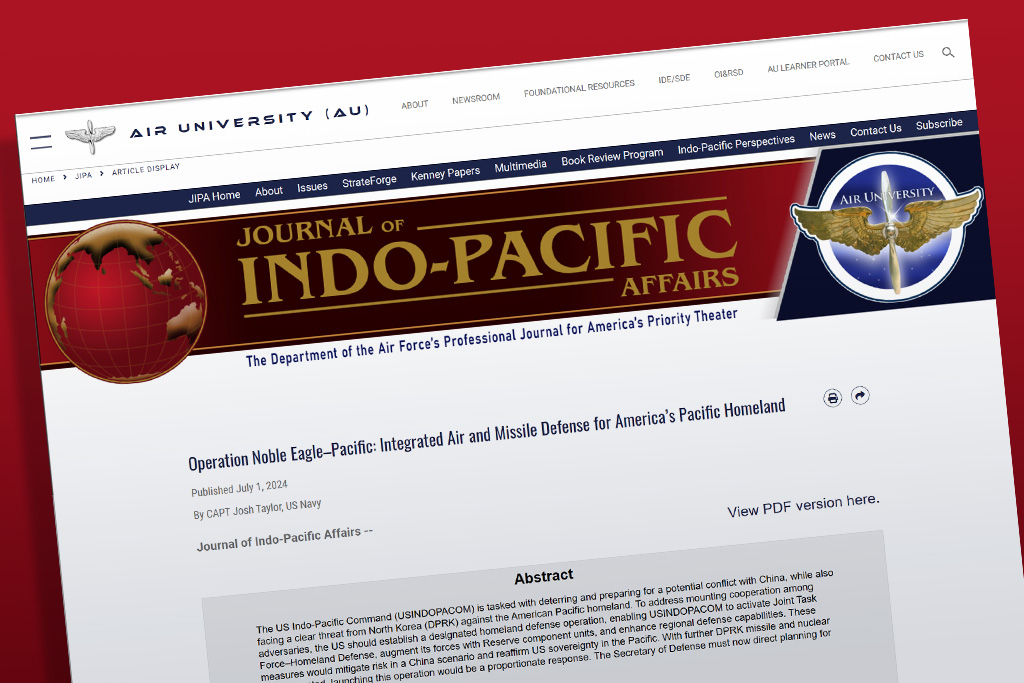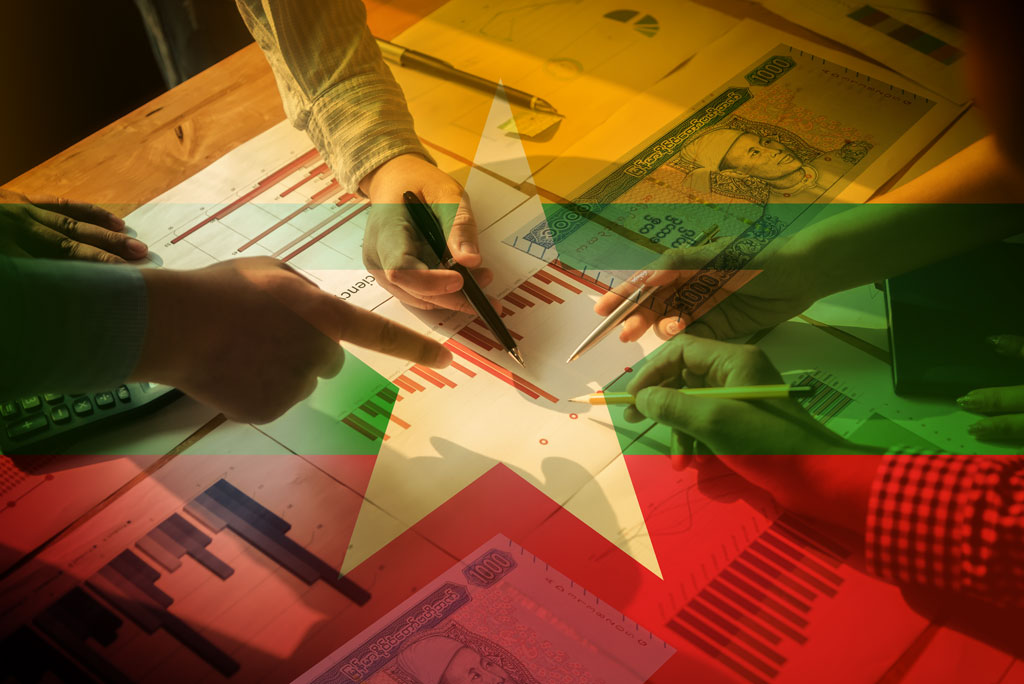“Ethnic Diasporas and Great Power Strategies in Asia” edited by Dr. Robert G. Wirsing and Dr. Rouben Azizan was recently published by India Research Press and the Asia-Pacific Center for Security Studies in Honolulu.
What are ethnic diasporas? These are dispersed, migrant, or (in some cases) “overseas” communities and make up a significant portion of the world’s population.
According to the book, these communities, because they may claim a national homeland not currently the one in which they are domiciled; enjoy a status in the newer homeland distinct from other “indigenous” ethnic minorities. Varying in size, socio-economic standing, and also in the degree of surviving cultural identity and group cohesion, they differ enormously amongst themselves in terms of both the character and the importance of the roles they now occupy in their adopted homelands.
Their presence also plays a role in the strategic calculations of three Asian great powers – India, China and Russia.
This book brings together a dozen outstanding regional specialists to assess the importance of overseas, migrant, or ‘diaspora’ ethnic minorities. Drawing in part on papers presented at the Asia-Pacific Center for Security Studies in Honolulu, Hawaii, the book provides both fresh descriptive data on overseas ethnic minorities as well as penetrating analyses of how these three Asian giants seek to take advantage of the diaspora phenomenon in their regional and global foreign policies.
“Ethnic Diasporas and Great Power Strategies in Asia” is thematically divided into four parts. While Part One serves as an introduction, the subsequent parts focus on the diaspora of each of the three great powers.
Part Two is devoted to India and how its Disapora of 20 million spans the globe and these communities significantly impact the United States and Great Britain.
Part Three examines the role of the Chinese Diaspora, with as many as two million people in communities around the world. Chapters focus on their impact in Southeast Asia, specifically the Philippines, as well as their impact in Russia.
The final part looks at how the collapse of the Soviet Union results in an active Russian Diaspora throughout Central Asia.
According to Dr. Rouben Azizian, “the twelve chapters of the book represent, in sum, a fascinating, complex and mosaic picture of ethnic diasporas and diaspora policies of great powers. Unlike the traditional and usually small country diasporas of Ireland, Israel, Greece and others, the diasporas of China, India and Russia reflect a new phenomenon and process that needs further investigation.”
-END-
The views expressed in these articles are those of the authors and do not reflect the official policy or position of APCSS, the U.S. Pacific Command, the U.S. Department of Defense, or the U.S. government.









Leave A Comment